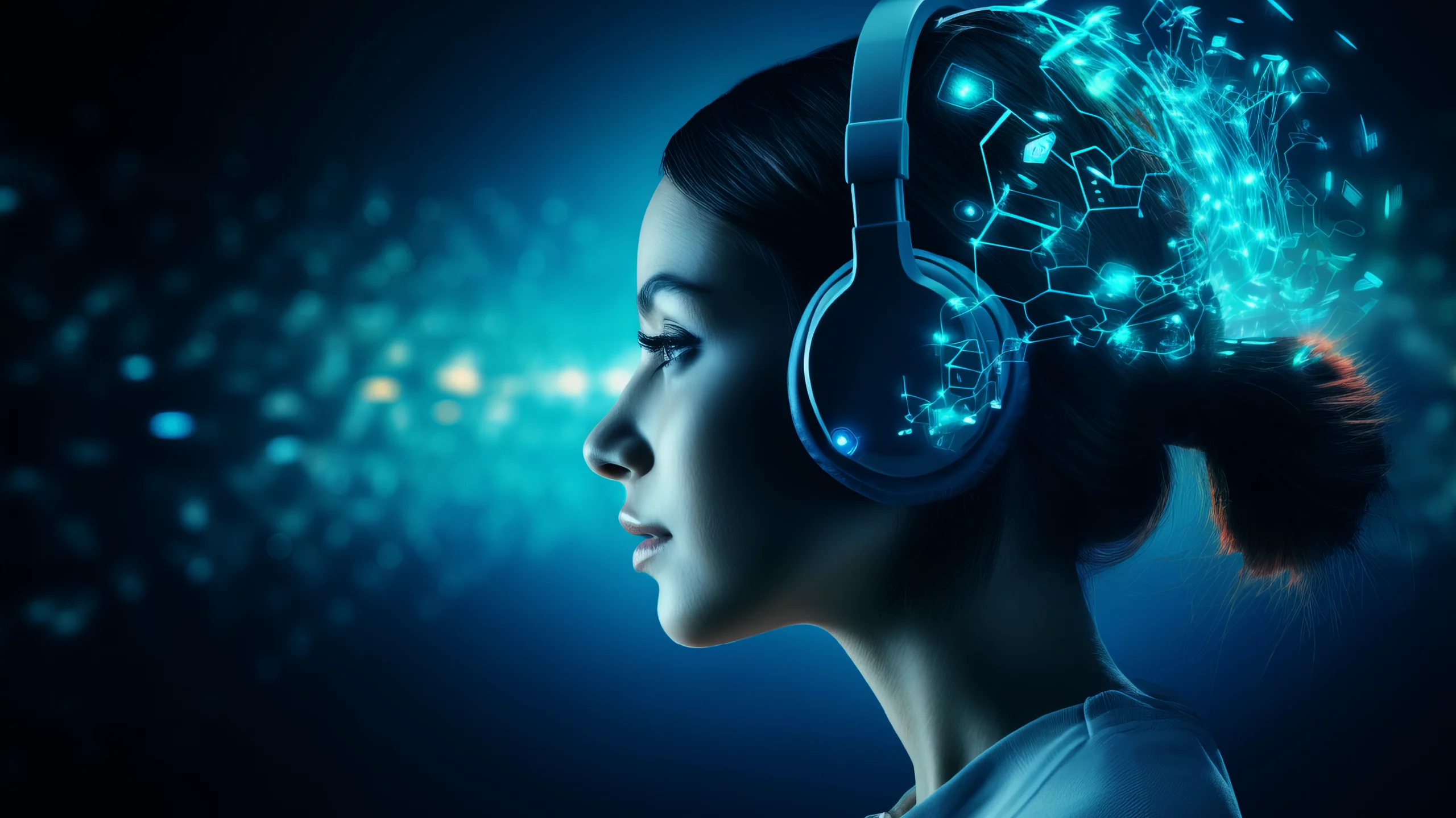Introduction
I am sure you all are familiar with CPU, but have you heard the term GPU? If your answer is no, then this article is for you!
With the advancement in technology, the processing systems have also advanced much, so knowing the right technology at the right time is necessary for efficient usage. So let’s unwrap the two most used processing systems: CPU and GPU.
Imagine you and your friend are planning to play a game – Call of Duty – on your respective laptops. Now, You own a laptop with Intel i7 processor – with no graphics card, and your friend owns a laptop with an i3 processor – with a decent graphics card. Which laptop will provide a better gaming experience? You will agree with me when I say that GPU will perform a better job, but why?
Find out with this video to explore all about CPU vs GPU!
Table of Contents
What are CPU and GPU?
CPU stands for Central Processing Unit. It is a general-purpose processor responsible for executing most instructions a computer program needs to run. The CPU can have multiple processing cores, commonly known as the computer’s brain. It is a general-purpose processor designed to handle a wide range of tasks, from running the operating system to running applications, performing complex calculations, documentation, playing movies & music, web browsing, etc.
An important thing to remember is that the CPU performs sequential processing. Let me explain this to you with an example: CPU is like a fighter jet, which is extremely fast & flexible but only carries a little payload. A Fighter Jet can bring one small block of cargo fast enough, but it might take weeks to move thousands of it.
GPU stands for Graphics Processing Unit. It comprises many smaller and more specialized cores. The centers deliver massive performance by working simultaneously when a processing task can be divided and processed across many cores. It is a specific-purpose processor that handles only graphics with the help of parallel computing. It is excellent for 3D graphics rendering, video encoding and decoding, and picture processing. GPU are particularly crucial for jobs like gaming or scientific simulations that demand a lot of parallel computing. GPU Memory bandwidth is the amount of information transferred to and from memory per unit of time. GPU Memory is the RAM consumed by the GPU.
Categories of GPU
- Integrated: It is integrated within the processor and utilizes internal memory. For an Integrated GPU system, RAM is used as GPU memory.
- Dedicated: It is a standalone piece of hardware with dedicated memory. Hence it aids resource-intensive work such as deep learning, high-end gaming, etc.; for Dedicated GPU standalone/dedicated RAM is used as GPU memory.
Types of CPU
- Intel Core Processors: Among the most widely utilized CPUs in the market, Intel’s Core series processors are frequently found in desktops and laptops.
- AMD Ryzen Processors: AMD’s Ryzen series CPUs offer strong performance at low pricing and are meant to compete with Intel’s Core series processors.
- ARM Processors: ARM processors are popular in mobile devices like smartphones and tablets and are renowned for being energy-efficient.
Types of GPU
- NVIDIA GeForce Graphics Cards: Popular among gamers, NVIDIA’s GeForce series graphics cards deliver great performance for graphics-intensive jobs and gaming.
- AMD Radeon Graphics Cards: They are well-liked by players and built to deliver outstanding performance at affordable costs.
- Integrated GPUs: A built-in GPU is a common feature of many CPUs, especially those intended for mobile devices. Although these GPUs lack the capacity of specialist graphics cards, they can do many simple visual tasks.
- AI-specific GPUs: NVIDIA’s Tesla series and AMD’s Radeon Instinct series are two examples of GPUs made exclusively for AI and machine learning activities.
Leading Marketers of CPU vs GPU
Two of the top CPU manufacturers in the market today include Intel and AMD. Now, talking about GPU, there are two leading providers of GPU in the industry: NVIDIA and AMD.
CPU vs GPU : Major Differences
Let’s discuss how CPU and GPU are different from each other on the following parameters:
-
Processing Speed
- CPU provides the computer with efficient computing power to perform daily general tasks efficiently.
- GPU has a specific intended use of handling simpler-but-multiple calculations, which needs parallel computing.
-
Computing Architecture
- CPU performs serial processing of tasks i.e. one task at a time in a series.
- GPU performs parallel processing i.e. it handles multiple tasks in one go.
-
Number of Cores
- CPU has a relatively lesser number of cores, but each is very efficient and powerful.
- GPU has “CUDA Cores” or “Stream Processors,” proprietary technologies developed by NVIDIA and AMD.
CPU vs. GPU: Which is Better Suited for Machine Learning and Why?
Machine learning uses CPU and GPU, although deep learning applications tend to favor GPUs more.
Using enormous datasets, machine learning entails training and testing models. Training deep neural networks with numerous layers is the process of deep learning, a branch of machine learning. Multiple concurrent calculations are necessary while training deep neural networks, and GPUs are more effective at handling these tasks than CPUs are.
Compared to CPUs, GPUs have a far higher number of cores, allowing for more simultaneous computations. Deep neural network training involves millions of calculations; therefore, this parallelism is crucial for speeding up the process. Matrix multiplication and convolution are two examples of the sorts of computations that GPUs are made to handle in machine learning.
GPUs have replaced CPUs as the industry standard for deep learning, even if CPUs are still utilized for machine learning, especially for less computationally intensive workloads.
Conclusion
In conclusion, several steps of the machine learning process require CPUs and GPUs. While GPUs are used to train big deep learning models, CPUs are beneficial for data preparation, feature extraction, and small-scale models. For inference and hyperparameter tweaking, CPUs and GPUs may both be utilized.
Hence both the Processing units have their own need specific usage, it’s the user who needs to be aware of which can be used when. I hope this article made you aware of CPU vs GPU and a smart user of these processors.
Read the full article here












